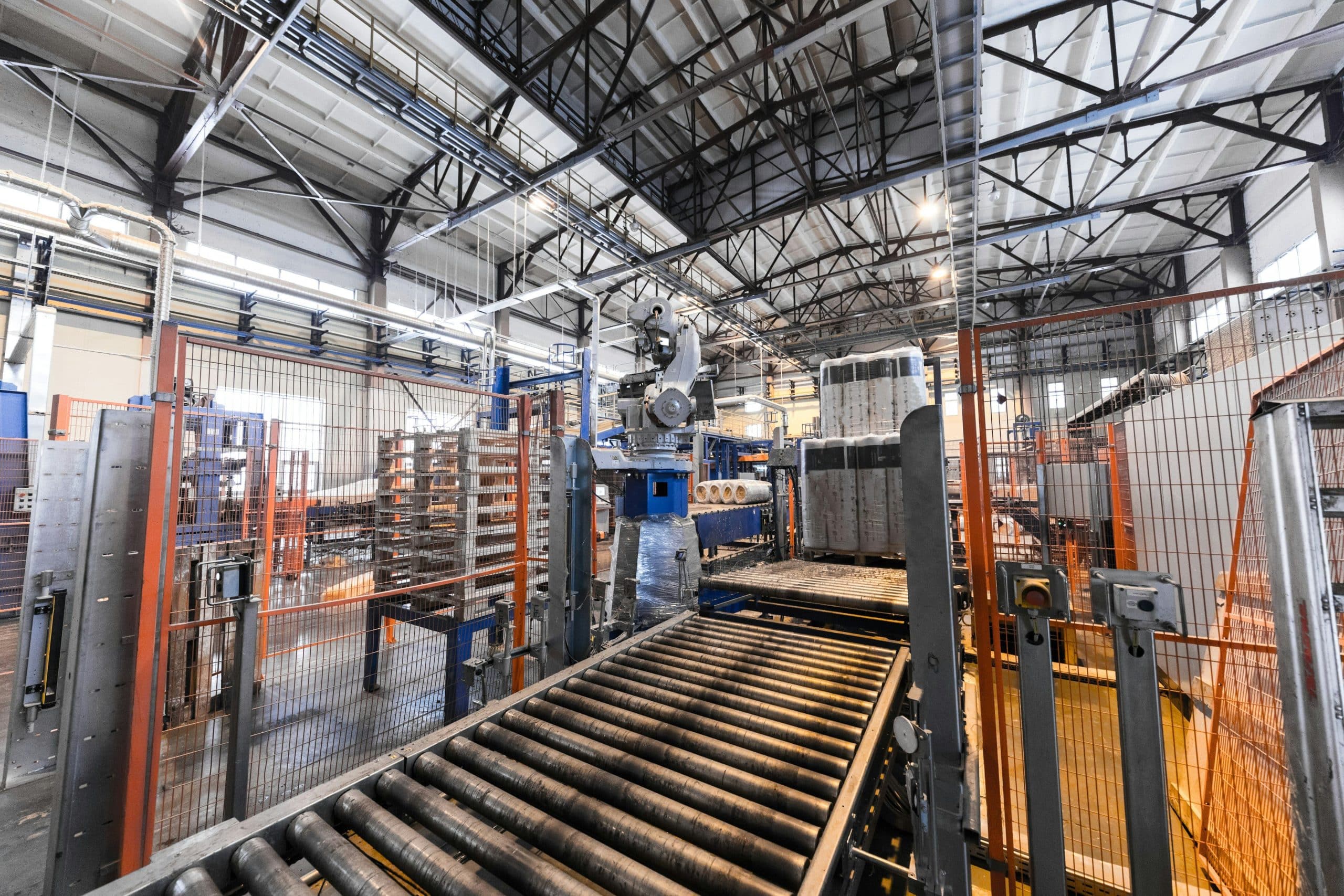Controlling the energy we consume in our homes has become a crucial aspect of our daily lives. With energy prices continuing to rise, many of us are looking for ways to reduce our energy usage and save on our bills. One of the most effective ways to do this is through the use of smart thermostats. In this article, we are going to explore how smart thermostats can help optimize your energy consumption, providing a variety of benefits from improved heating efficiency to significant savings on your utility bills.
Understanding the Functionality of Smart Thermostats
Smart thermostats are innovative devices that offer a significant upgrade from traditional thermostats. Unlike their manual counterparts, these digital devices are designed to learn from your habits and create a heating schedule that matches your lifestyle. Let’s delve into how these thermostats work and how they can help you save energy.
En parallèle : How do you childproof electrical outlets in a UK household?
Smart thermostats connect to your home’s heating system, often a boiler, and allow you to control your home’s temperature via a smartphone app. This gives you the freedom to adjust your home’s heating system from anywhere, whether at work, on vacation, or even from your bed.
A key feature of smart thermostats is their ability to learn from your habits. They record when you adjust the temperature, how often you’re home, and even the outside weather conditions to create an efficient heating schedule. They will then automatically adjust the heat based on these learned patterns. This adaptive learning is what sets smart thermostats apart from traditional thermostats.
En parallèle : What’s the optimal humidity level for a UK home, and how do you maintain it?
The Energy Savings Potential of Smart Thermostats
One of the key benefits of smart thermostats is their potential to help you save on energy costs. By learning your habits and adjusting your heating system accordingly, these devices can provide significant savings on your energy bills. Let’s examine how these savings can be achieved.
Smart thermostats regulate your home’s temperature more efficiently than traditional thermostats. By learning your routines, they will only heat your home when necessary, avoiding wasteful energy consumption when you’re not home or when you’re asleep.
These devices also provide detailed energy usage reports. These reports can give you insights into your energy consumption habits, helping you identify when and where you can reduce your energy use. The potential savings from this feature alone can be quite significant.
Selecting the Best Smart Thermostat for Your Home
With the growing popularity of smart thermostats, there are many different models available on the market, each with its own features and benefits. To choose the best smart thermostat for your home, it’s important to consider a few key factors.
Firstly, consider the compatibility of the smart thermostat with your existing heating system. Most smart thermostats are compatible with a wide range of heating systems, but it’s always best to check before purchasing.
Secondly, the user interface and ease of installation are other important factors to consider. Some smart thermostats have intuitive interfaces and are easy to install, while others might require professional installation.
Lastly, consider the features that are most important to you. For example, some smart thermostats have geofencing capabilities, which means they can detect when you leave or return home and adjust the temperature accordingly. Others have voice control integration, allowing you to control your heating system using voice commands.
Ensuring Optimal Efficiency with Your Smart Thermostat
Once you’ve selected and installed your smart thermostat, it’s important to use it correctly to ensure you’re achieving optimal energy efficiency and savings. Here are some tips on how to maximize your savings with a smart thermostat.
Firstly, allow your smart thermostat to learn your habits for a few weeks before making adjustments. It’s important to give it time to learn your routines for it to create an efficient heating schedule.
Secondly, take advantage of the energy reports generated by your smart thermostat. Analyze these reports to understand when and where you’re using the most energy, and make necessary adjustments to your habits.
Lastly, consider integrating other smart home devices with your smart thermostat. For example, smart blinds can be programmed to open and close in synchronization with your heating system, helping to regulate the temperature and save energy.
In conclusion, smart thermostats offer an effective solution for optimizing energy consumption in your home. By understanding how they work and how to use them efficiently, you can take full advantage of their benefits and significantly reduce your energy bills.
Integrating Smart Thermostats with Other Smart Devices
The potential of smart thermostats to optimize energy consumption extends beyond their standalone functionality. They can also be integrated with other smart devices in your home for enhanced energy efficiency. Let’s explore how this integration can further reduce energy usage.
Smart thermostats can be paired with smart plugs, smart lights, smart blinds, and other smart home devices in a single ecosystem. This allows the smart thermostat to adjust the operation of these devices based on your habits and environmental conditions, contributing to energy saving. For example, smart blinds can be programmed to open during the day to let sunlight in, reducing the need for heating. Similarly, smart lights can be programmed to turn off when you’re not home, saving on electricity consumption.
Integration with smart water heaters is another innovative way to save energy. Smart thermostats can control the operation of your hot water heater, ensuring it only heats water when necessary. This not only saves energy, but also extends the life of the water heater.
Moreover, the ability to sync with smart voice assistants such as Alexa, Google Home, or Siri, allows for convenient control of your heating system. Issuing voice commands to adjust temperature settings or to switch heating systems on or off contributes to a more efficient energy usage.
Conclusion: The Future of Energy Efficiency with Smart Thermostats
In this age of rising energy prices and environmental consciousness, optimizing energy consumption is not just about saving money, but also about contributing to a sustainable future. Smart thermostats play a significant role in this endeavour, offering a convenient and effective way to reduce energy usage.
These devices offer a level of control and customization previously unseen in traditional thermostats. Their ability to learn from your habits, adjust heating schedules automatically, and integrate with other smart devices makes them a key player in the energy-saving game.
However, the importance of user education cannot be understated. It’s essential to understand how to use these devices effectively to truly reap their benefits. So, invest time in understanding your smart thermostat, review the energy reports it generates, and make necessary adjustments to your energy consumption habits.
As we look ahead, the potential for smart thermostats to revolutionize energy efficiency and consumption in UK homes is enormous. With continuous advancements in smart technology, we can expect these devices to become even smarter and more efficient in the future. Optimizing energy consumption with smart thermostats is not just a trend, but a lifestyle change that brings substantial rewards both for your wallet and the environment.











